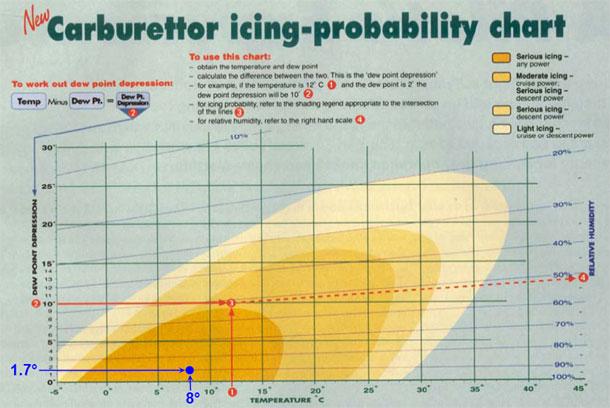The Australian Transport Safety Bureau did not conduct an on-scene investigation of this occurrence. The report presented below was derived from information supplied to the Bureau.
At 1015 hours Eastern Standard Time (EST) on 28 July 2004, the Robinson Helicopter Co R22, VH-KHU, was being operated to conduct circuit training at Mangalore aerodrome, Victoria. The pilot, the sole occupant of the helicopter, held a current private pilot licence (helicopter). The pilot reported that shortly after reaching circuit height on the crosswind leg of the circuit, the helicopter began to yaw rapidly in alternating left and right directions. The pilot turned the helicopter towards the aerodrome for an immediate landing. He subsequently reported that during the descent, the main rotor low RPM horn sounded twice, accompanied by the illumination of the main rotor low RPM light. The pilot also reported that at about 200 ft above ground level the main rotor low RPM warnings were again triggered by `the full collapse of engine RPM'. The pilot performed an autorotation, but the helicopter was landed heavily. Impact forces destroyed the helicopter, and the pilot received minor injuries.
The helicopter was not recovered from the aerodrome until the following day. The weather at Mangalore aerodrome included some periods of rain after the accident, and the operator reported that some water may have entered the helicopter's fuel tank, which was ruptured by the impact forces.
The helicopter's engine was removed and tested to determine its serviceability, but the engine operated normally, and no mechanical faults were detected. Some water was found in the engine's fuel system. The operator reported that testing was performed on a fuel sample taken from the Mangalore aerodrome fuel supply. The testing revealed that the fuel was not water contaminated. The operator also reported that an instructor and the pilot had each completed independent daily inspections of the helicopter before the accident flight. Both had conducted fuel drains, and both reported that the fuel samples contained no water.
It was subsequently reported that at the time of the occurrence, the cloud base at Mangalore aerodrome was about 1,400 ft. The 1000 EST Mangalore automatic weather station data revealed that the temperature was 8 degrees C, and the dewpoint temperature was 6.3 degrees C. The dew point depression was therefore 1.7 degrees C, which meant that there was a probability of serious carburettor-icing, as depicted at fig. 1. Other helicopters were operating in the Mangalore circuit at the time of the occurrence. Although the pilots of those helicopters reported that their helicopters had not been affected by carburettor-icing, the investigation was unable to discount that carburettor-icing may have been the factor that resulted in the abnormal operation of the helicopter's engine.
Figure 1: Carburettor icing-probability chart.

Source: Melting Moments: understanding carburettor icing, Asia Pacific Air Safety, June 1999, Issue 22.


